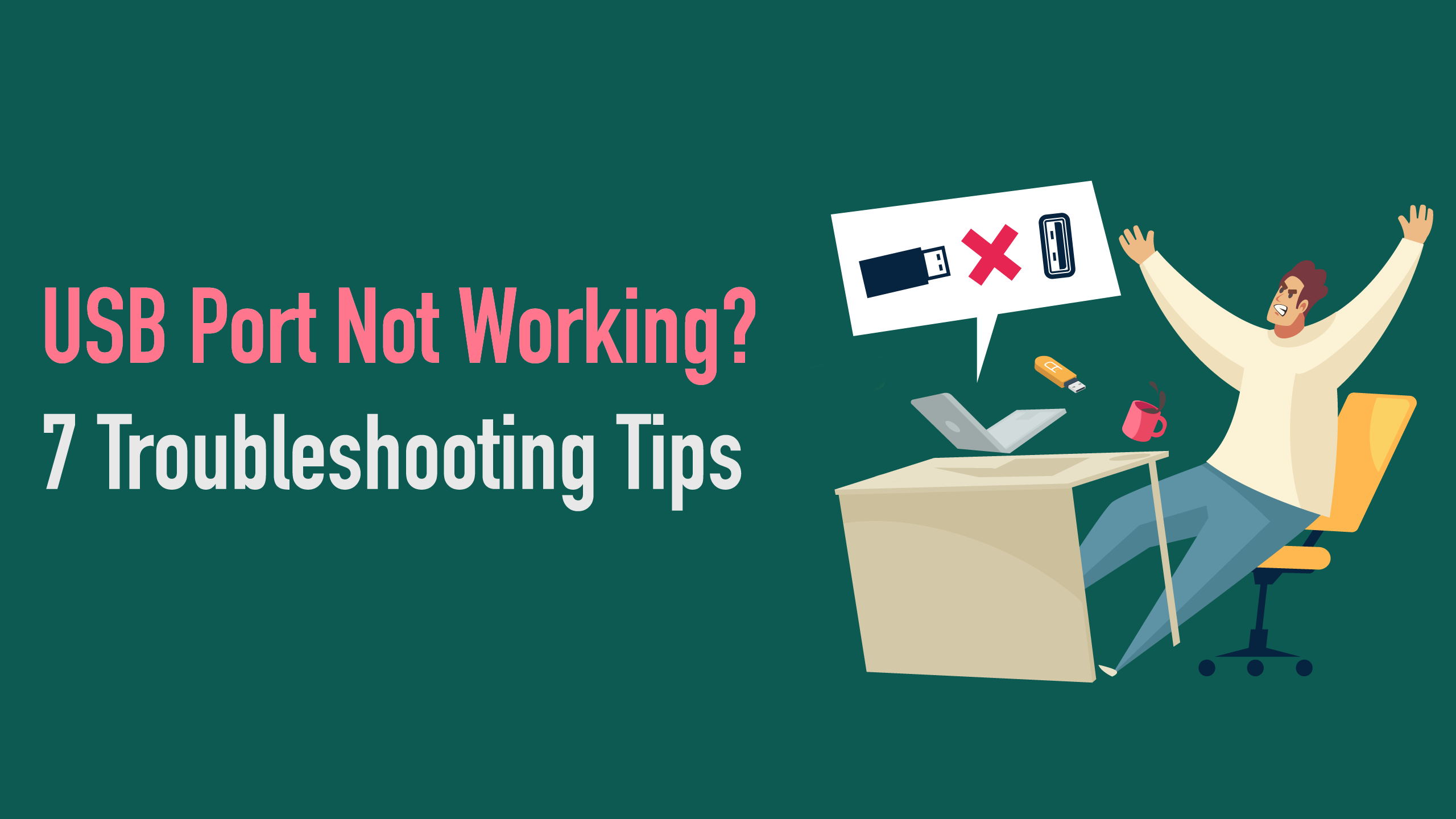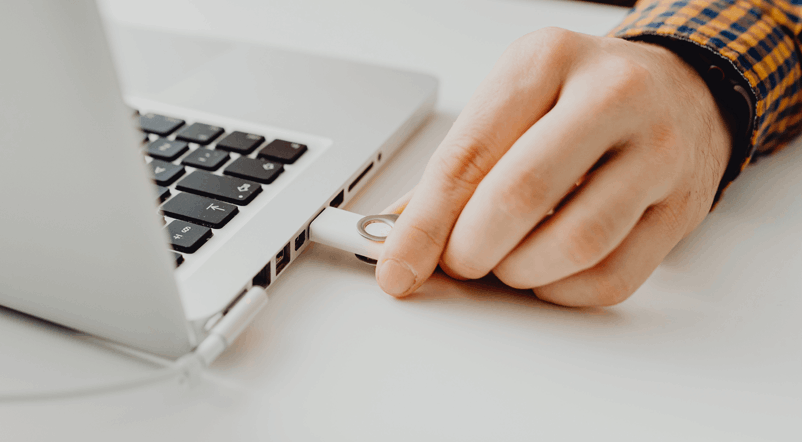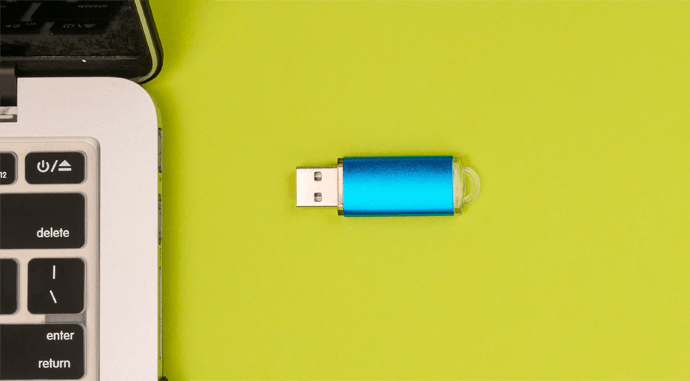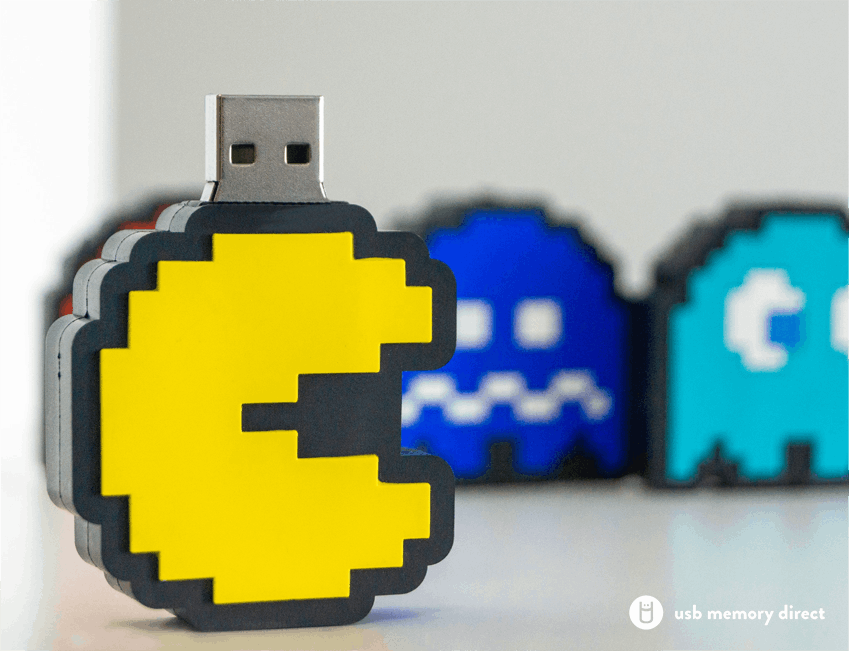
USB Port Not Working? 7 Troubleshooting Tips
The convenient nature of USB connections has made them a staple of modern living. Of course, a device with USB ports is only convenient if the hardware works. Unfortunately, there are several reasons why a USB port may stop working unexpectedly. The issue could simply be the inevitable wear and tear that affects all physical objects with moving parts. However, there are a few other problems that can rear their head during regular USB use. Here is a breakdown of what to check for the next time your USB ports are glitching out.
Tip #1: Check Your Connections

Although this advice may sound basic, many people refuse to check for the most common USB connection issue of all. Save your time and double-check that you placed the cord firmly within the port on both ends. It is all too easy to incorrectly place a USB connector, especially when moving a lot of hardware around. Chances are good that at least one of the memory sticks or other pieces of equipment that you have connected to your computer is not inserted properly.
Tip #2: Reboot Your Device
Before diving into more complicated troubleshooting methods, reboot your devices as well. Many connection problems and other glitches resolve themselves with a software reset. Combined with checking your connections, you can fix a majority of USB issues with simple device maintenance.
Check Out the Best Bulk Flash Drives at Great Prices
Tip #3: Check for a Power Supply or Dust Cover
In some rare cases, your USB stick will have a power switch that needs to be manually pressed. Check for a button, switch, or LED light. Alternatively, your USB may have a protective dust cover blocking the connector pins. Both issues result in your USB being undetectable by the devices that you plug them into. Carefully remove the cover or turn the power on and reinsert your USB connector to resolve this set of problems.

Tip #4: Clear Out Dust and Debris
Some USB devices come equipped with dust covers because the exposed pins accumulate debris over time. It is always good to regularly clean your USB devices, especially if the port is sitting in a dusty spot, such as under a desk. The best way to clean your USB ports is to get a can of compressed air. Blowing with your mouth can introduce saliva to the connector pins, which also serves as debris that will eventually hamper your connection. The compressed air will keep your USB clean without introducing any additional particles.
Tip #5: Try Another Device
If the above steps do not work, then you must identify if it is your cord or flash drive or the USB port itself causing the issue. First, check your cord or flash drive by plugging it into another USB port on the same device if one is available. Otherwise, you can also test the cord or drive on another machine entirely. If the cord works somewhere else, you know the USB port is faulty. If every USB port on a device does not respond, then the cord or flash stick is likely the culprit.
Tip #6: Check for Broken Connector Pins
If your USB cord or flash drive works in other ports, examine the troubled port for damaged connector pins. The small pins that are used to read USB devices can easily be bent or broken. Unfortunately, these pins cannot be readily fixed, and replacing the whole port is usually the only option.

Browse Our Selection of USB-C Drives Here
Tip #7: Mac Users: Reset the SMC
The system management controller (SMC) offers a variety of functions to Mac computers, including the reading of USB devices. The exact method for resetting the SMC varies depending on what processor chip your MAC is equipped with. You can check out Apple Support online to find out how to troubleshoot your specific Mac.
Which USB Solution Is Right for You?
There are a lot of different USB solutions available today. If you're trying to decide between USB-A vs. USB-C ports or drives, check out our blog. At USB Memory Direct, we have all the information that you need to help you understand your machine and what would improve your company's workflow.